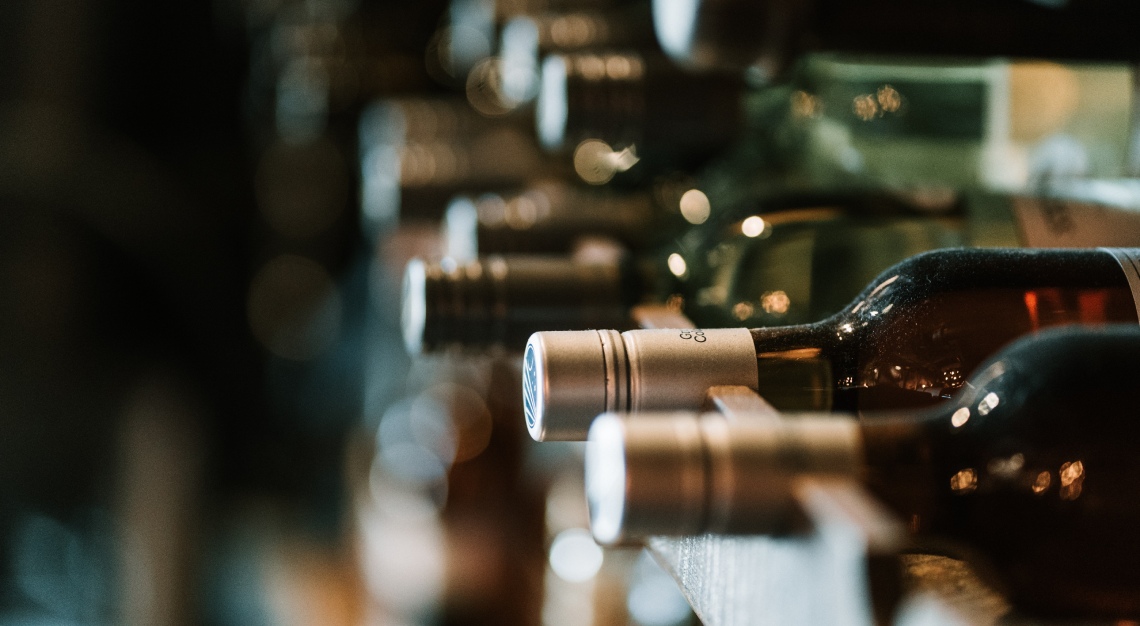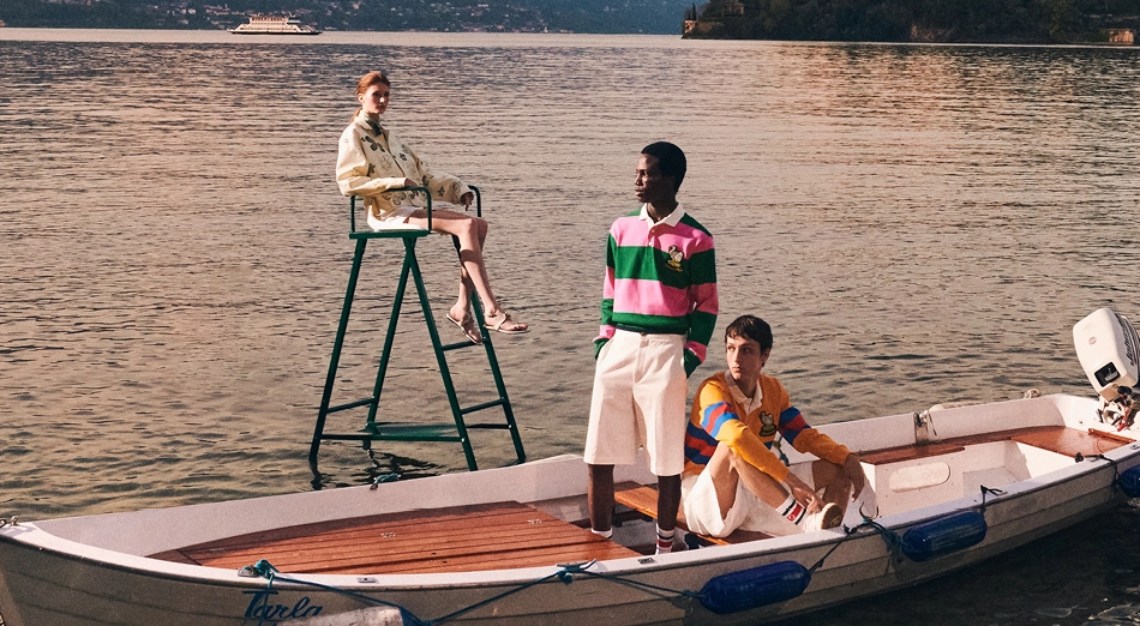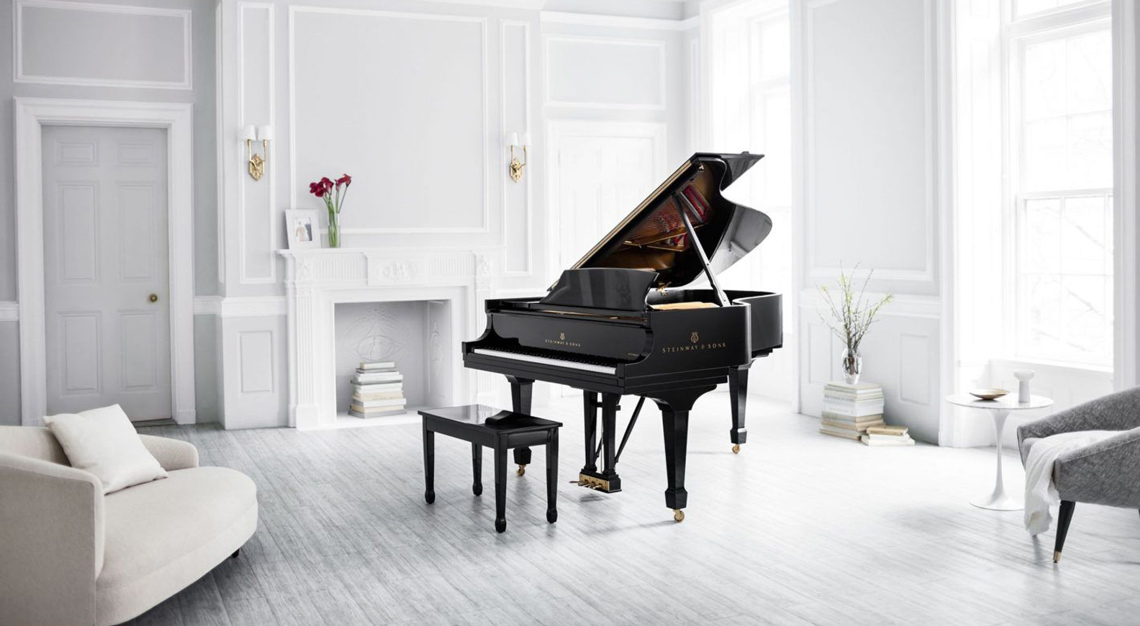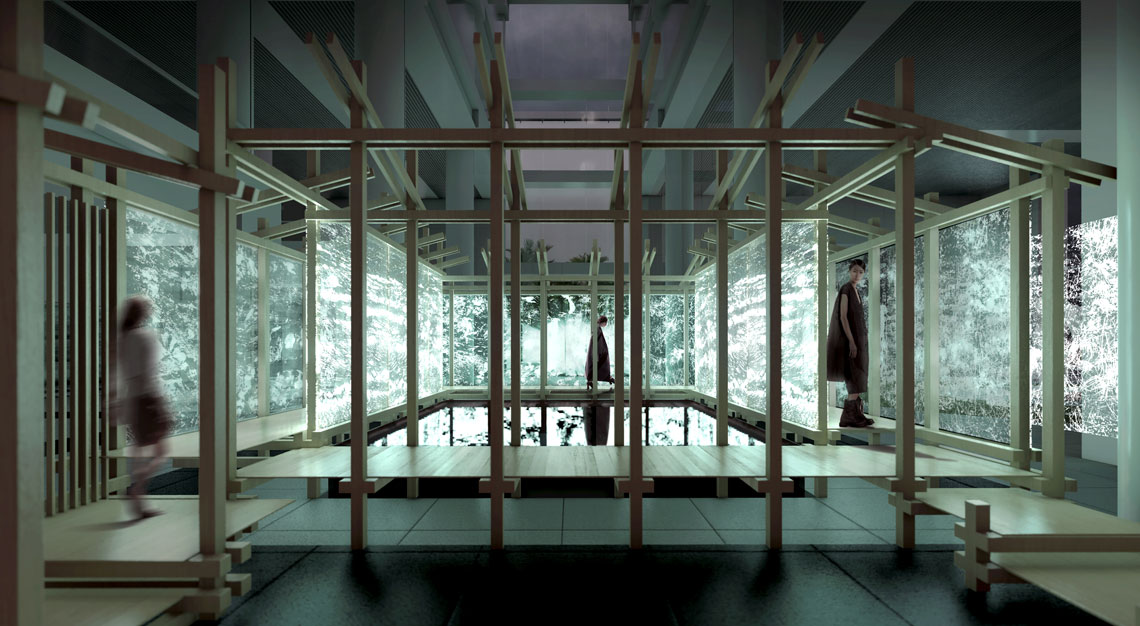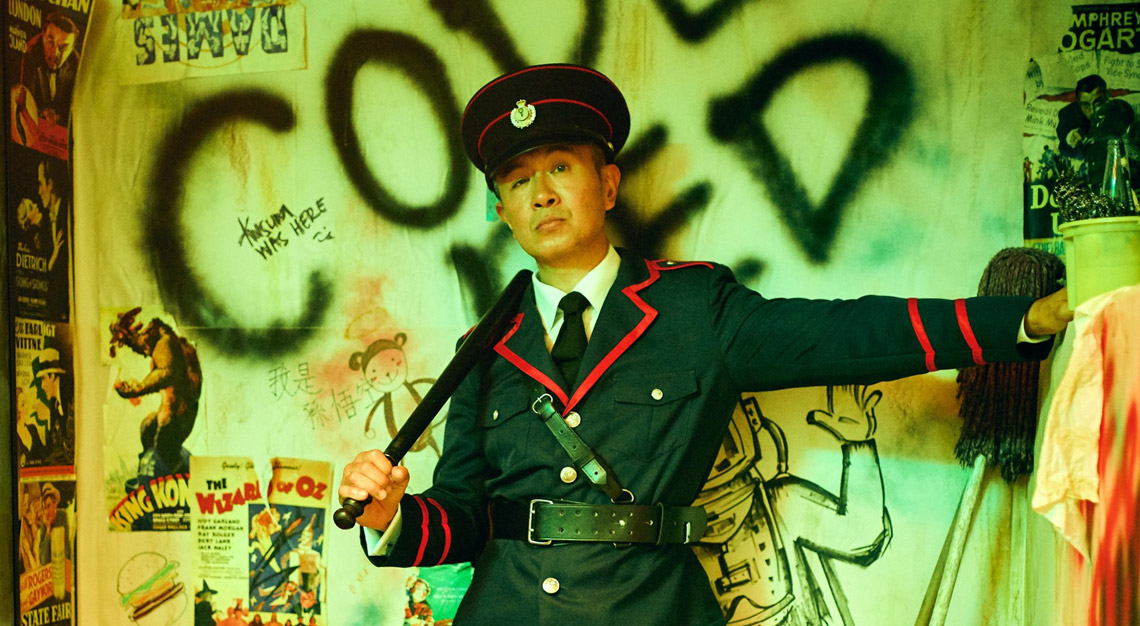There is adrenaline in art. Media artist Refik Anadol and Opera Gallery’s Stéphane Le Pelletier would concur in a heartbeat
The artwork writhes. Waves of coloured particles slosh and swirl restlessly, cresting high above before tumbling down and out towards you, surging towards its pristine white frame, only to dissolve just before it makes contact. The hues shift into semblances of ephemeral landscapes: a pink sunrise, a blue ocean, a green forest, a golden field, a purple sky.
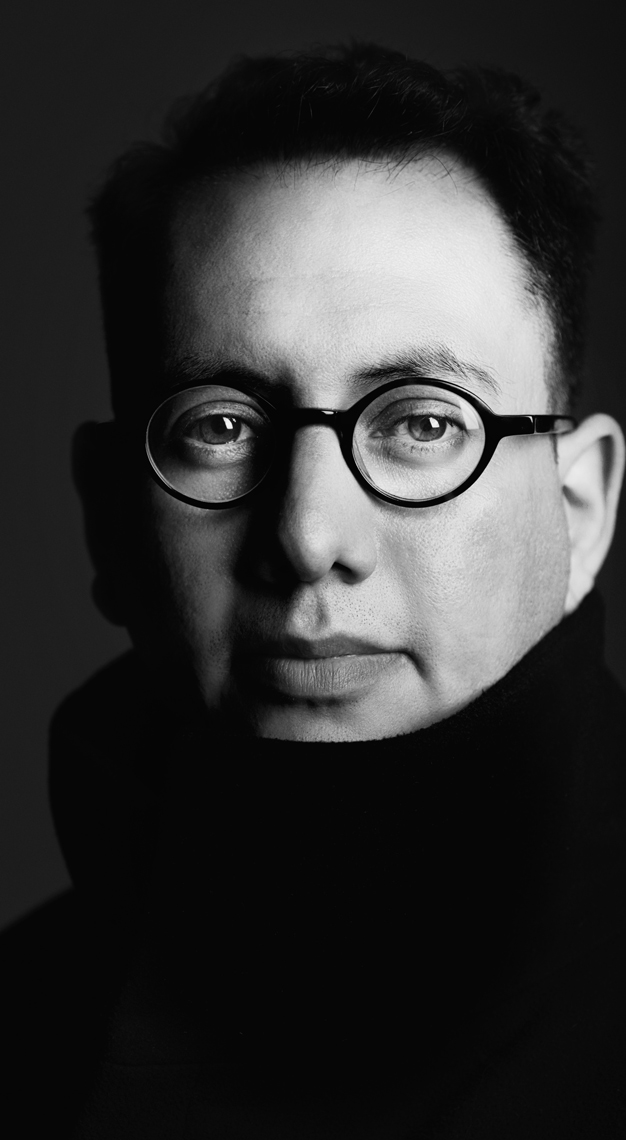
So mesmerising is this spectacle that you forget you aren’t actually within this shape-shifting world of changing shades. In reality, you’re standing in front of a 10m x 10m LED screen watching Quantum Memories, one of the many intricate, immersive works created by Turkish-American new media artist and designer,
Refik Anadol.
Works like Quantum Memories are born in Anadol’s studio from awe, inspiration and questions, and evoke those very same forces within the viewer. His works, while presented in a way that anyone regardless of age and background can enjoy and relate, are deeply emotional as well. Another project, Melting Memories, draws on Anadol’s shock and sadness when he learnt of his uncle’s diagnosis of Alzheimer’s in 2017.
“While we are surrounded by geniuses and collaborating with wonderful people, at the end of the day, the memories still melt,” Anadol shares. “Memory is the most precious information in the world and the idea of losing a memory in life is very painful to me. Melting Memories is a celebration of that moment of remembering.”
Considering its power to summon such raw feelings, it’s amazing to learn that these artworks are constructed using complex scientific concepts and applied artificial intelligence (AI). Almost every piece begins with first having to download, analyse and appreciate the data. Quantum Memories, initially inspired by quantum theories on the creation of new, alternative universes, was created by putting together some of the world’s most powerful quantum research and AI technology, before feeding it with over 200 million photographs of nature.
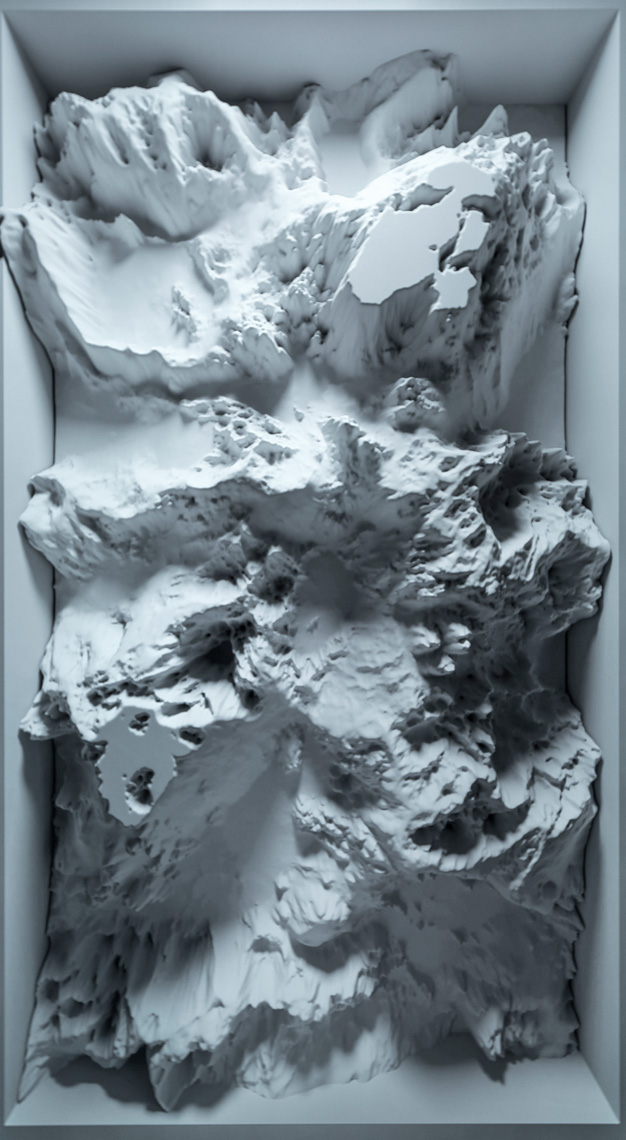
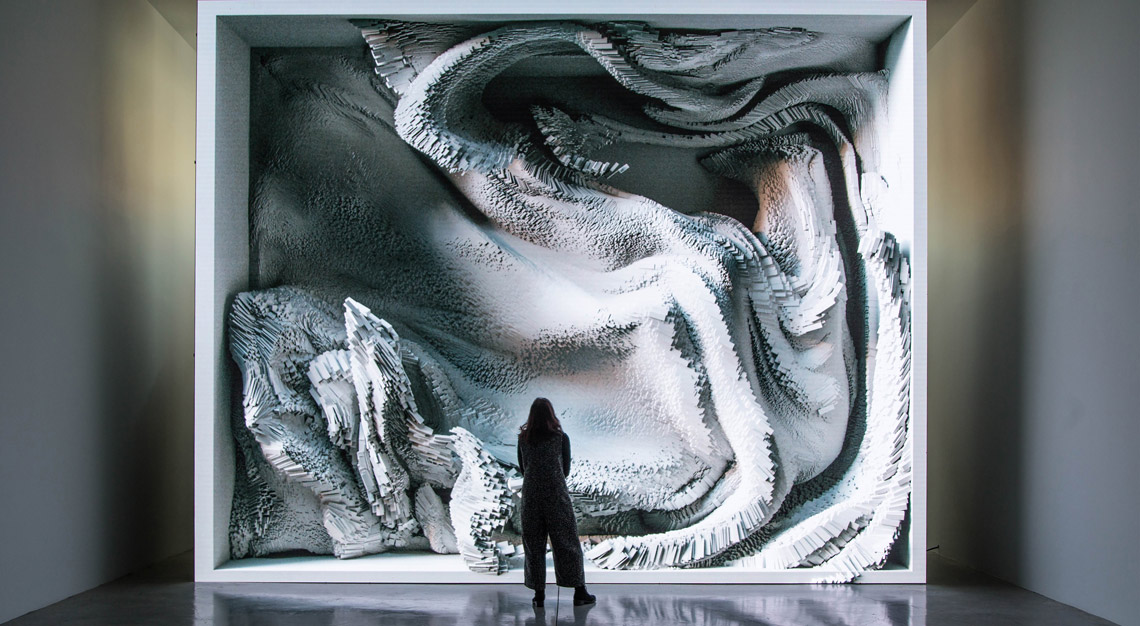


“Our dream about turning data into a pigment, letting machines dream and hallucinate, and using archives of collective memories, starts with the collection of data,” Anadol says. “How can we engage this information in a way that’s different from data scientists? Can we dramatise data in way that has a narrative in it that can then become part of our artwork?”
Contemplating the data to find answers to these questions is a long and painstaking process for Anadol and his team. But once they do, that is when the poetry begins. “When major data sets are combined with AI algorithms and the data becomes water-like, or when a machine hallucination transforms a 120-year-old boiler room into a place where architecture comes alive, you see something that has never been seen before. Then, when you know that specific movement is coming from AI and that you are connecting to something perhaps more knowledgeable than yourself, and you realise that it’s not there to harm you but to connect with you – that evokes emotion.”
Recently named artist-in-residence at Casa Batlló in Barcelona, Anadol continues to deftly combine art and science to elevate art and viewers’ experiences to new heights. His recent projects include two installations, Connectome and Molecular Architecture, at the 17th Architecture Biennale in Venice, Italy, as well as a collaboration with Hennessy to interprete and transcribe the Tasting Committee’s emotions into the colour, shapes, reliefs and textures that appear on the VSOP Privilège Limited Edition.
But this doesn’t mean that traditional mediums and forms of art have lost their power to excite emotion and adrenaline within us as well. Stéphane Le Pelletier, director of Opera Gallery Singapore, believes that it is the nature of abstract art to simultaneously draw and influence inspiration from other art movements and forms.
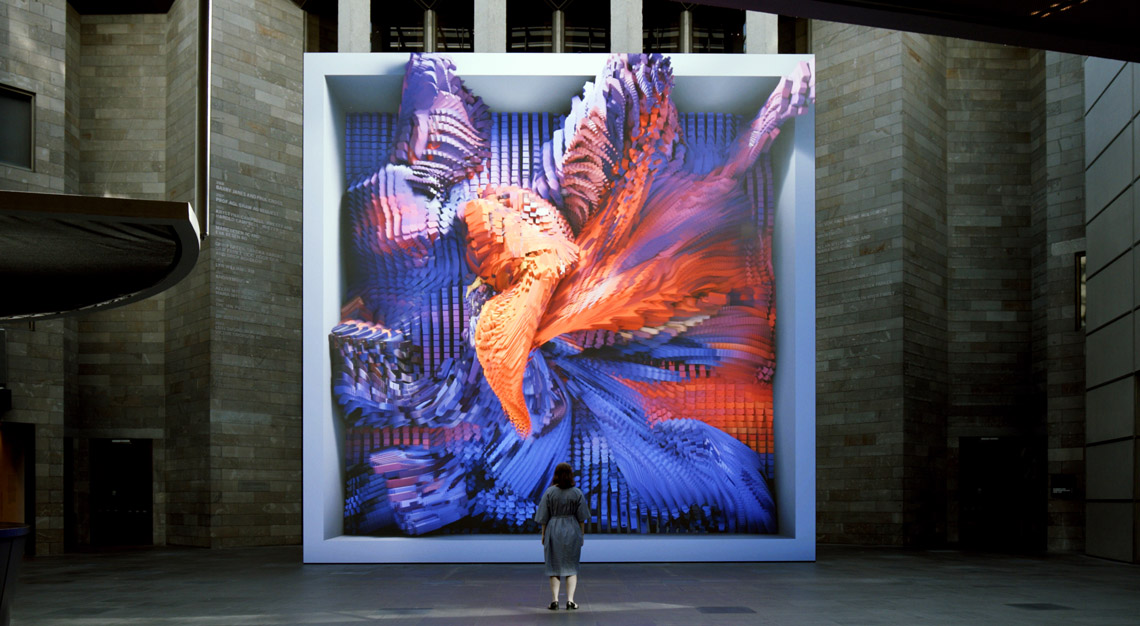
“There’s no way to explain how and why people feel the way they do about certain works, but art, as a form of expression that is universally understood and appreciated, evokes emotions because of its very nature and the way it allows for reflection of the most basic emotions,” he says. “Abstract works, especially, often elicit pure emotional responses.”
When asked to name a piece of art that triggered an emotional reaction in him in the past, Le Pelletier recalls: “Artworks by renowned Japanese artist Kazuo Shiraga have always moved me from the beginning and continue to amaze with the emotions they evoke. What strikes me first about his paintings is the way that Shiraga releases his emotions on his canvases in such a raw and passionate way. As a member of the avant-garde art collective Gutai, Shiraga is known for his dynamic performance paintings, where the physical engagement and bodily movements he uses become part of his work. The result is a translation of his energy into a magnificent piece of work with very strong visceral qualities. The impact is immediate and magnetic – the result is a rush of emotions that goes beyond excitement. It is this instant connection with the painting that causes the adrenaline rush.”

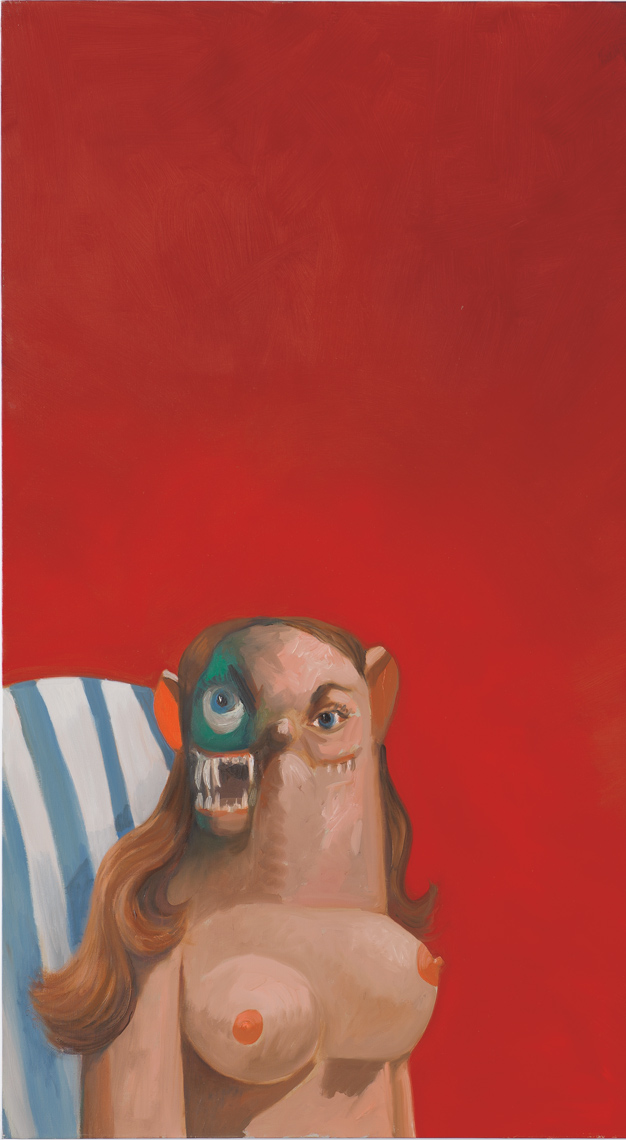
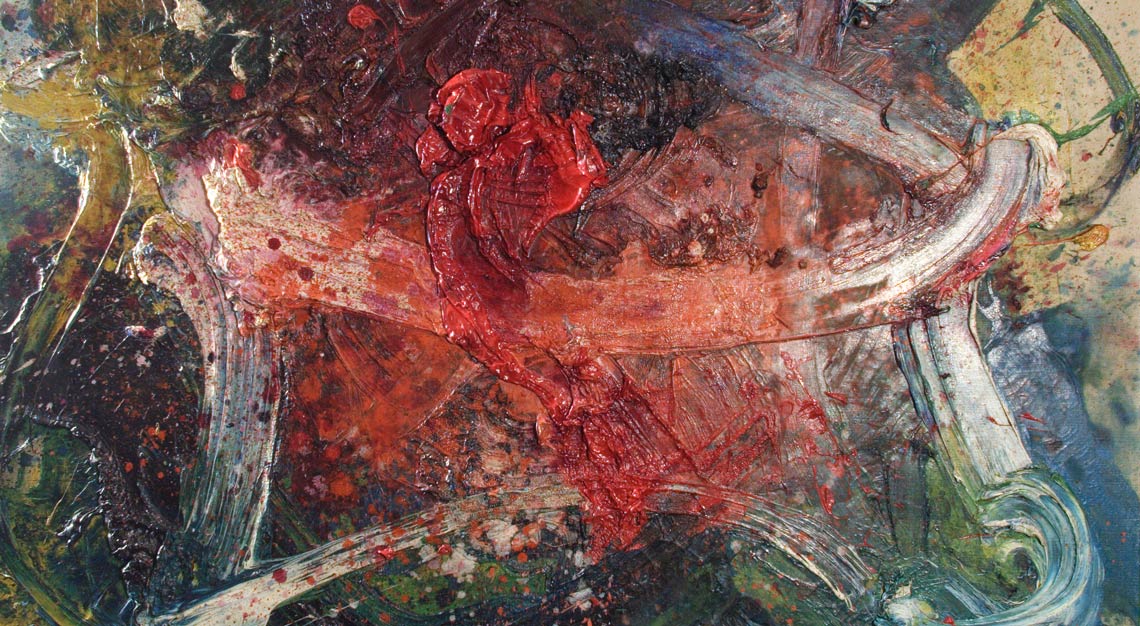
Le Pelletier also points to the works of Jean-Paul Riopelle, Karel Appel and Georges Mathieu, whose works are symbolic of lyrical abstraction, created during a time when artists were starting to reject blind devotion to tradition and instead reinvented new modes of free, emotive and raw personal expression in their unique ways. More recently, Opera Gallery’s Abstract Masters 2021 exhibition featured diverse works from several influential abstract artists such as Zao Wou-Ki, Chu Teh Chun and Pierre Soulages.
Explains Le Pelletier: “These artists challenged and transformed conventional art forms to communicate their innermost thoughts and emotions, developing their own distinct visual vocabularies. There is no one style that they all share; the range goes from works that are incredibly gestural, aggressive and high-energy to works that are silent and contemplative.”
He also names Hermann Nitsch and George Condo as artists with great potential. “They create works that are emotionally driven and induce a multitude of responses from viewers. What is remarkable about both artists is their devotion to creating emotionally charged works of art by embracing human vulnerability and contesting traditional modes of art and aesthetic.”
Opera Gallery has seen an increasing trend among its clients when it comes to interest in abstract and thought-provoking works. From a financial standpoint, collecting art is a blue-chip investment which has seen a steady rise over the years, with the demand for abstract art increasing at a steady rate. “We see the appeal of these adrenaline-inducing works to be a result of art market trends and also because the irreplaceable and enchanting nature of these pieces make them the perfect addition to any art collection,” Le Pelletier shares.
“Ultimately, art investment is emotional and is about owning a piece of art that speaks to you,” he reflects. “Because of the nature of abstract and adrenaline-inducing works that immediately appeals to buyer’s appreciation, there is definitely a steady demand for such pieces. Especially when COVID-19 hit and even after, art was an escape and a panacea to many.”
